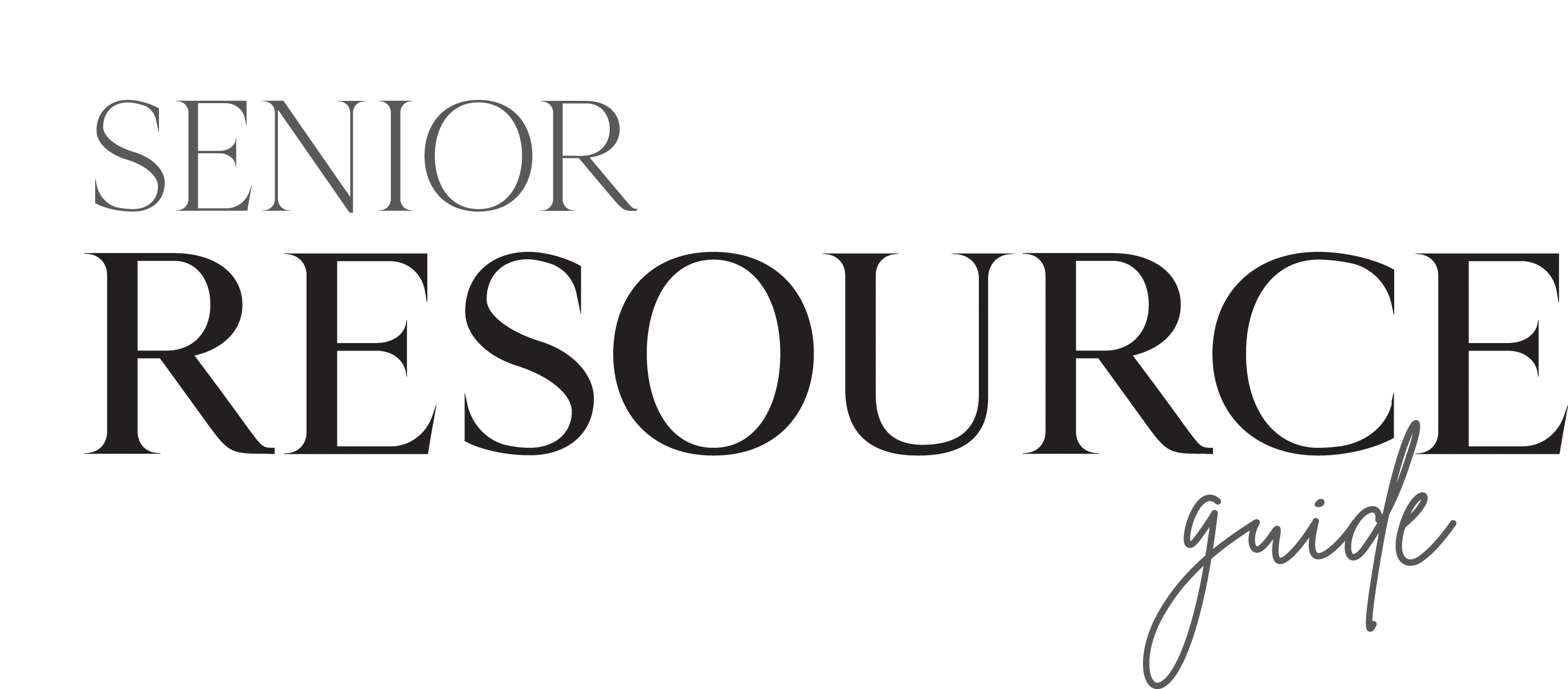
Living With COPD
Chronic obstructive pulmonary disease, or COPD, is a progressive disease in which the air sacs in the lungs lose their capacity to absorb oxygen. There is no cure for COPD, and the damage it does is permanent. However, with these tips for living with chronic obstructive pulmonary disease, you can manage this condition and overcome some of the challenges COPD presents.
Stop Smoking
It may seem implausible that smokers with a COPD diagnosis continue to smoke, but this speaks to the insidious nature of tobacco. If you haven’t stopped smoking yet, there’s no time like the present to finally beat that habit for good. You have options when it comes to smoking-cessation aids, which will gradually wean you off nicotine while eliminating the deeply harmful and carcinogenic smoke that your lungs can’t handle anymore. Don’t waste any time—put your cigarettes out for good.
Eat Smaller Portions
That full feeling you have after a big meal can be hard on your lungs. The additional pressure that your stressed-out gastrointestinal system places upon your respiratory system contributes to the discomfort associated with COPD. Reducing your meal sizes to avoid feeling bloated will also reduce feelings of breathlessness after meals.
But while you may eat less, you should be sure to maintain nutritious and calorically sufficient portions—breathing with COPD can expend more energy than usual, and you don’t want to deprive yourself of the energy you need.
Be in the Best Shape Possible
As part of that meal plan, you should try to cut a few extra pounds that may also be contributing to some of your discomfort. Remaining at a healthy weight can help you deal with COPD by easing your body’s workload.
While strenuous exercise isn’t in the cards for someone with COPD, you can try to engage in light exercise and cut out some of that snacking between meals. At the same time, be careful not to go too far in the other direction. Being underweight can be just as dangerous for people with COPD.
Oxygen Therapy
With your lungs operating at less-than-full capability, it can be harder to get all the oxygen your body needs. Therapeutic oxygen concentrators can allow people with COPD to get additional oxygen. You can even acquire portable models that allow for increased mobility.
For people who struggle with the full costs of oxygen concentrators, pre-owned home and portable oxygen concentrators offer more affordable alternatives. Maximizing oxygen, in conjunction with these other tips for living with chronic obstructive pulmonary disease, can give you back the quality of life you’ve lost.
For additional information on COPD, check out the articles below:
